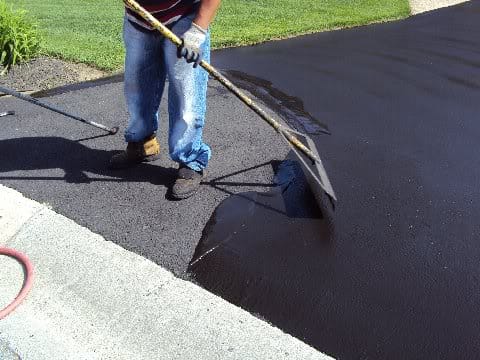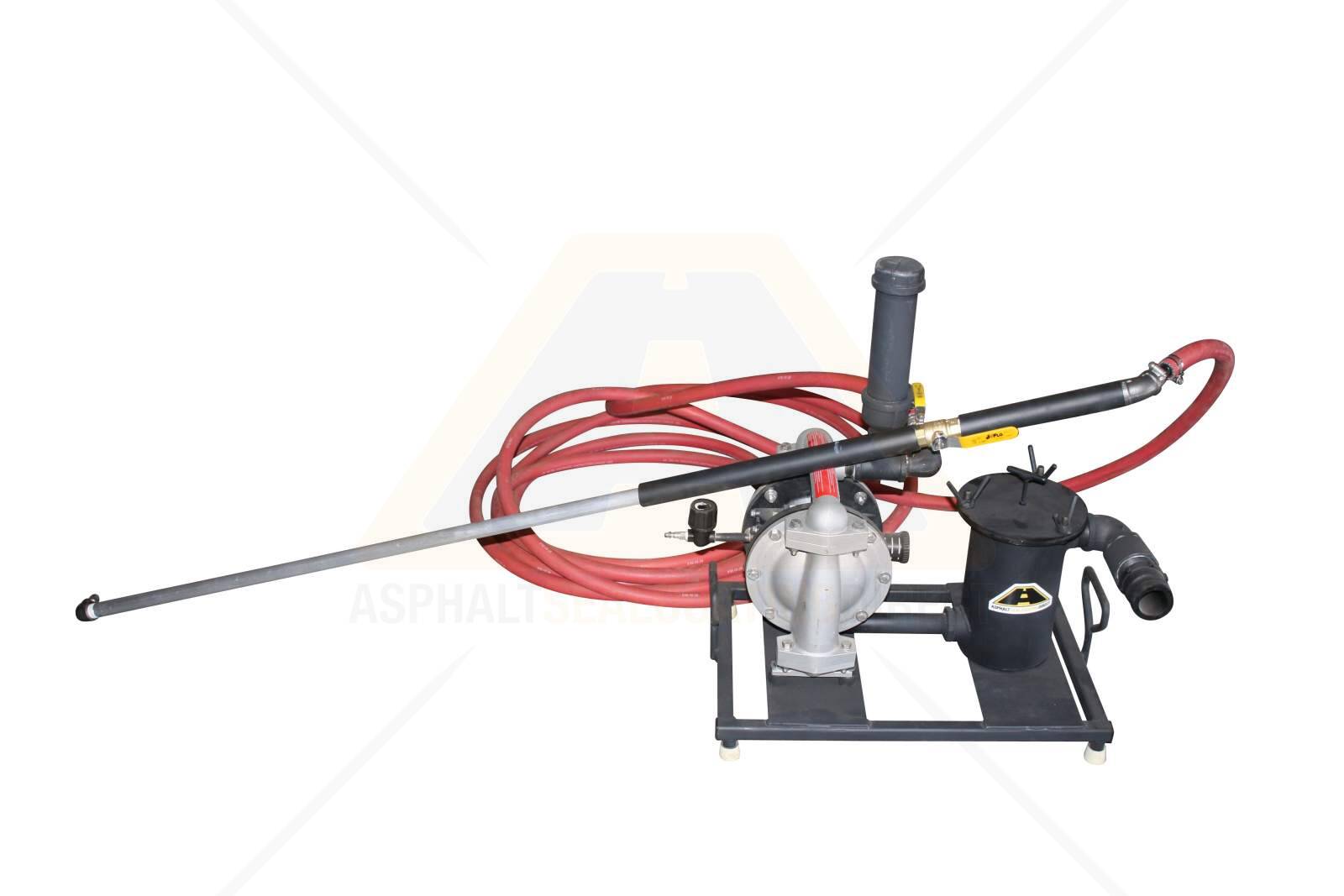Reliable Asphalt Repair: Cold Mix Sealing Techniques Revealed
Reliable Asphalt Repair: Cold Mix Sealing Techniques Revealed
Blog Article
Cold Mix Asphalt Vs. Hot Mix Asphalt: Which Is Right for You?

Structure Distinctions
Cold mix asphalt is generated by emulsifying the asphalt binder with water and an emulsifying representative before blending it with accumulation. The hot mix asphalt production process includes warming the aggregate and asphalt binder individually before incorporating them at the asphalt plant.
Moreover, chilly mix asphalt has a tendency to be less thick and extra versatile than hot mix asphalt. This versatility makes it far better suited for locations with higher degrees of motion, such as driveways or roadways with hefty traffic. In contrast, warm mix asphalt is understood for its high durability and resistance to rutting and cracking, making it a preferred option for freeways and high-traffic roadways where durability is crucial.
Setup Refine Variations
The process of installing chilly mix and hot mix asphalt shows noteworthy variations in their treatments and requirements. Cold mix asphalt, being a much more adaptable product, can be used directly from the bag or container onto the hole or damaged area. It needs very little preparation job, such as cleaning the area and condensing the cool combine with hand tools. This makes it a practical option for momentary and fast repairs. In contrast, warm mix asphalt necessitates an extra sophisticated installment process. It involves heating the mix to high temperature levels prior to laying it down on a properly prepared base. The preparation includes condensing the base, using a tack layer, and using heavy equipment like pavers and compactors for a smooth and long lasting finish. Because of the heating needs, hot mix asphalt installments are usually executed by experts with customized equipment, making certain an extra long-term and structurally audio outcome.
Sturdiness and Durability Aspects
When thinking about asphalt alternatives, sturdiness and durability are essential aspects to assess for enduring pavement performance. Warm mix asphalt (HMA) is known for its extraordinary longevity and longevity.
In terms of long life, HMA commonly exceeds CMA as a result of its superior strength and resistance buildings. HMA sidewalks have a longer solution life, needing much less constant repair work and browse this site maintenance, which can convert to set you back financial savings in the long run. Furthermore, HMA pavements are more conveniently personalized to satisfy specific project needs, better enhancing their toughness.
Expense Factors To Consider
Considering the economic effects is a critical facet when reviewing the option between warm mix asphalt (HMA) and chilly mix asphalt (CMA) for pavement tasks. While the preliminary cost of hot mix asphalt is typically greater than that of cold mix asphalt, HMA commonly provides a more economical remedy in the lengthy run due to its premium toughness and longevity.
Along with product costs, it's necessary to think about the expenditures related to installment and maintenance when comparing HMA and CMA. HMA typically calls for specific tools and skilled labor for proper installment, which can impact general project costs. Alternatively, CMA is easier to collaborate with and can usually be applied using less complex strategies, potentially reducing installation expenses. Inevitably, the choice between HMA and CMA should think about not just the initial cost however also the long-lasting financial implications to determine one of the most cost-efficient choice for the details pavement project.
Environmental Impact Comparison
Comparison of the ecological effects between warm mix asphalt (HMA) and cold mix asphalt (CMA) reveals unique differences in sustainability methods. HMA production requires high temperature levels, bring about raised energy intake and greenhouse gas discharges. The process likewise launches unstable organic substances (VOCs) and harmful air pollutants (HAPs) right into the environment. On the other hand, CMA is created and used at find out this here lower temperatures, reducing power usage and emissions significantly. The reduced manufacturing temperatures of CMA result in decreased fuel intake and lower levels of carbon dioxide exhausts, making it an extra eco-friendly choice.
Moreover, the usage of CMA typically entails recycling existing asphalt pavement, promoting resource preservation and decreasing the quantity of waste sent out to landfills. This reusing element further boosts the sustainability of CMA contrasted to HMA. Generally, when considering the environmental effect, CMA emerges as a much more ecologically lasting option due to its lower energy demands, decreased discharges, and the potential for reusing existing materials. By choosing CMA over HMA, road construction jobs can add favorably to environmental preservation initiatives.
Verdict
To conclude, the option in between cold mix asphalt (CMA) and warm mix asphalt (HMA) depends on various elements such as structure, installment process, toughness, longevity, price, and environmental influence. asphalt patch click for info repair. While CMA supplies a cost-effective and quick remedy for minor repair work, HMA guarantees exceptional durability and durability for rush hour locations. Consider these elements meticulously to establish which sort of asphalt is the appropriate choice for your paving needs

Thinking about the economic ramifications is an important facet when examining the choice in between hot mix asphalt (HMA) and cold mix asphalt (CMA) for pavement projects. While the preliminary price of hot mix asphalt is commonly greater than that of chilly mix asphalt, HMA commonly supplies a more cost-efficient solution in the lengthy run due to its remarkable sturdiness and durability. angle parking.Contrast of the environmental impacts between warm mix asphalt (HMA) and chilly mix asphalt (CMA) exposes unique distinctions in sustainability methods.In conclusion, the choice in between chilly mix asphalt (CMA) and warm mix asphalt (HMA) depends on various factors such as composition, installation process, longevity, longevity, expense, and environmental impact
Report this page